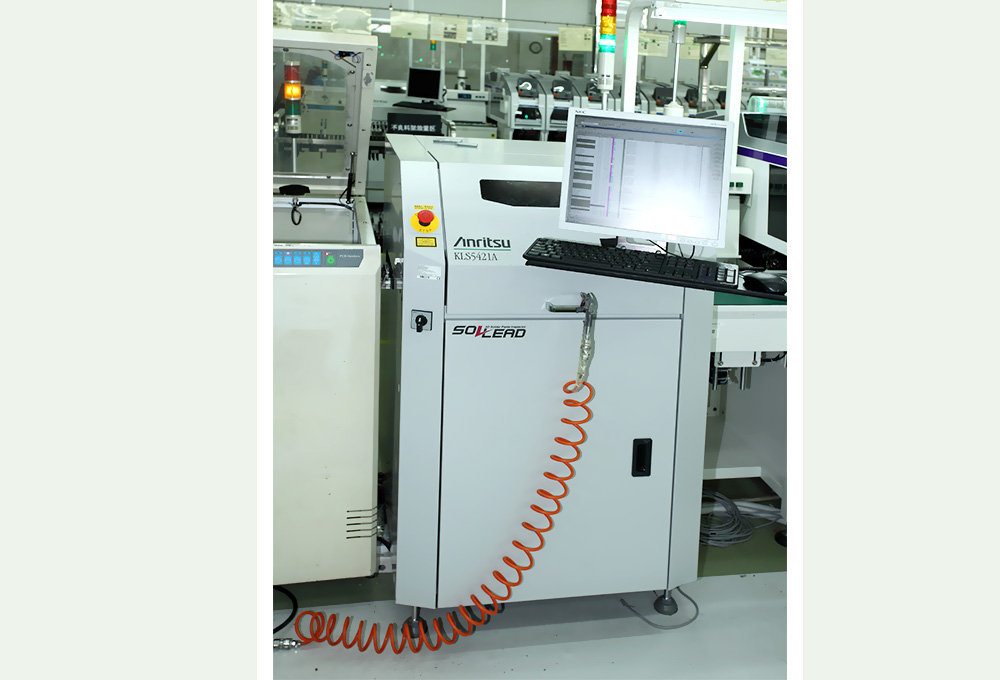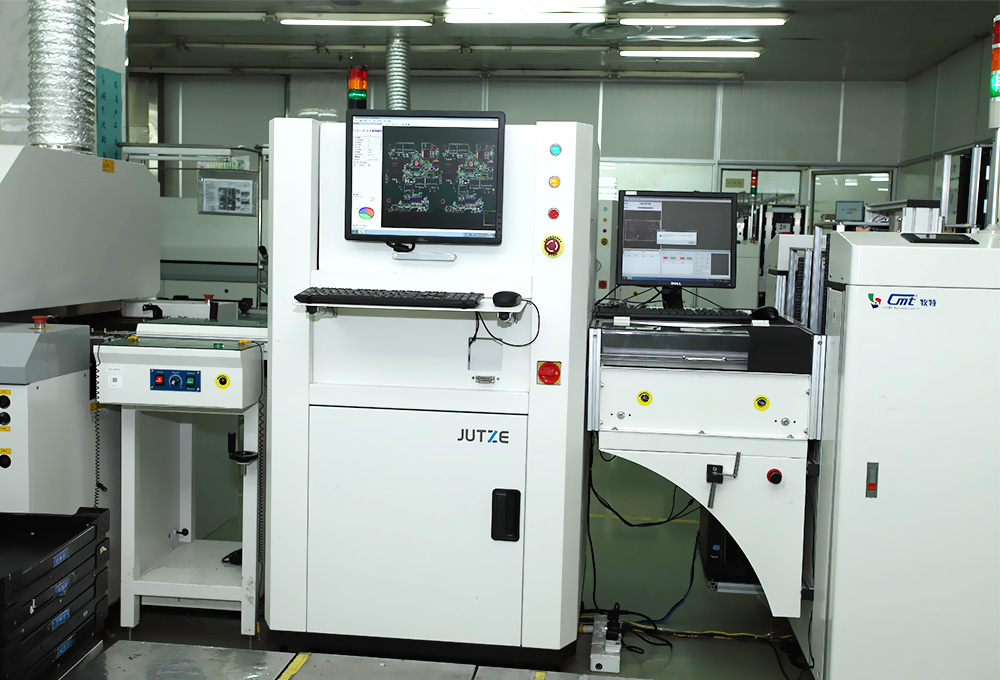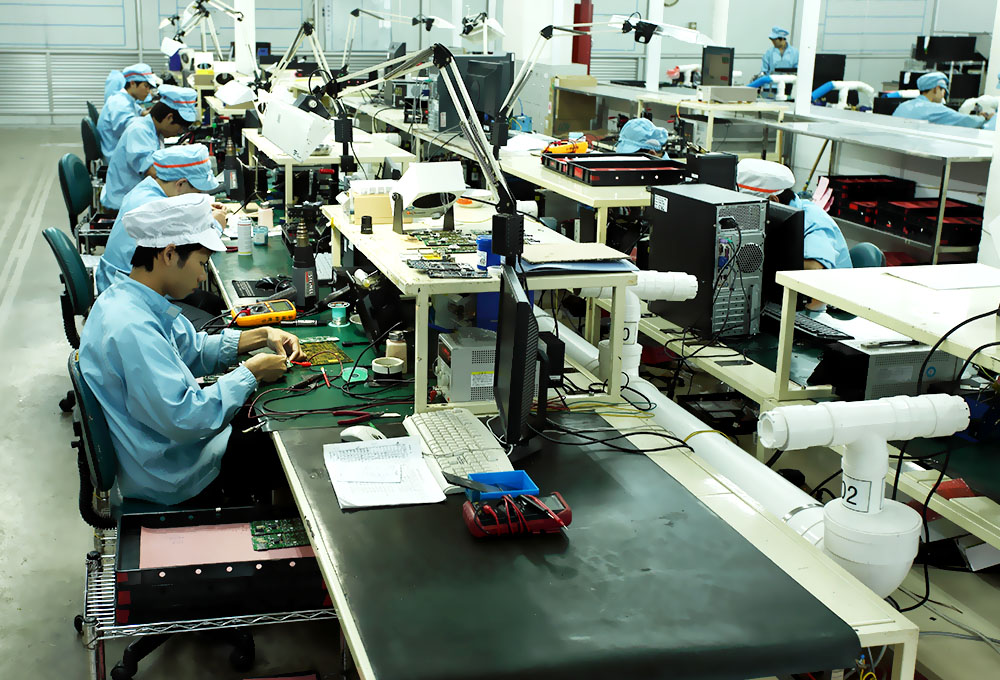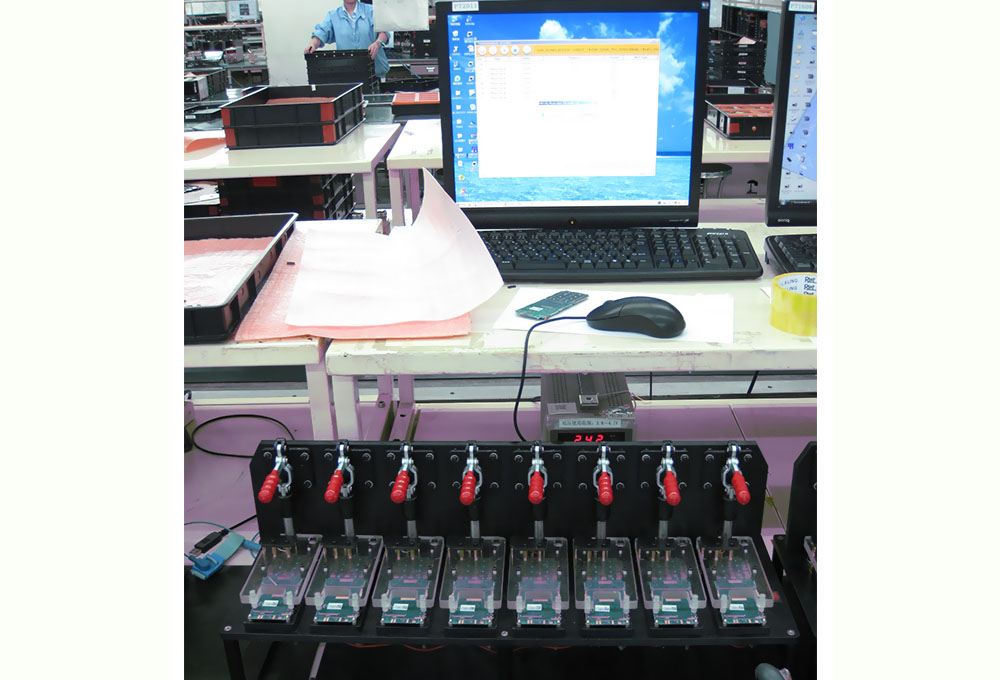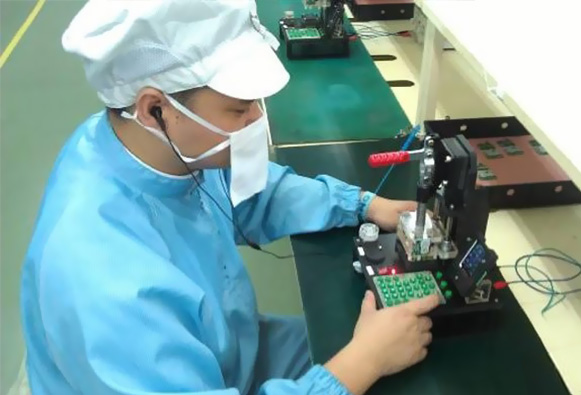Indeed, there are several other PCB assembly tests that can further enhance the quality and reliability of electronic devices. These additional tests focus on specific aspects of the PCB manufacturing process and help identify potential issues or areas for improvement. Let’s explore each of these tests in more detail:
- Peel Test:
This test measures the adhesion strength between the lamination (such as solder mask or protective coating) and the PCB. It ensures that the lamination is securely bonded to the PCB and can withstand stress or environmental conditions.
- Solder Float Test:
This test evaluates the ability of the PCB to withstand thermal stress during the soldering process. It simulates the heating and cooling cycles that the PCB may undergo and ensures that it can handle temperature variations without any damage or warpage.
- Solderability Tests:
These tests determine how well the metal surfaces on the PCB can be wetted by solder. They ensure that the PCB has proper metallization and that solder joints can form reliably. The “Dip and look” method, surface mount simulation test, and wetting balance analysis are common approaches to measure solderability.
- Micro-Sectioning Analysis:
This analysis involves examining the structural characteristics of solder joints under a microscope. It helps identify any defects or anomalies in the soldering process, such as voids, cracks, or improper wetting. Micro-sectioning analysis can be performed on both surface-mount technology (SMT) and through-hole technology (THT) PCBs.
- PCB Contamination Testing:
This test investigates potential contamination on the PCB, including corrosion, degradation, metallization issues, and foreign material presence. Contamination can lead to short circuits or other failures, so identifying and mitigating these issues is crucial for ensuring the reliability of the PCB.
By incorporating these testing procedures into the manufacturing process, manufacturers can fine-tune their manufacturing processes, improve product quality, and minimize the risk of failures or defects. These tests play a significant role in bringing reliable and durable electronic devices to the market.
PCB Assembly Testing Equipments
X-Ray for BGA Testing
3D Solder Paste Testing
JUZTE AOI Testing
BGA Repair
Burn in Testing
Function Test



